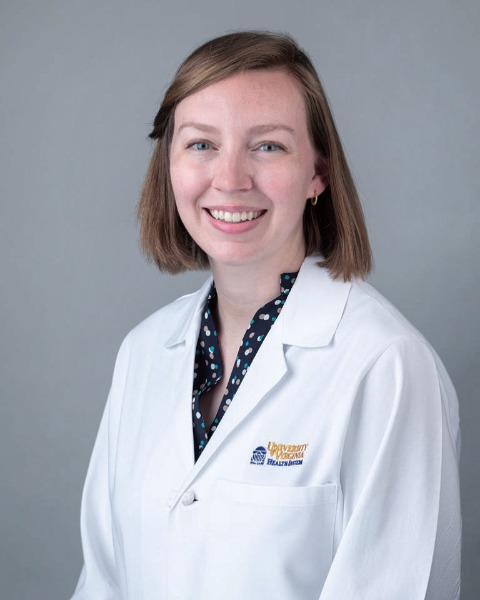The Effect of Oral Versus Nasal Intubation on Feeding Outcomes in Neonates Requiring Cardiac Surgery
-

Melissa Yildirim, BS, MD
Pediatric Critical Care Fellow
University of Virginia School of Medicine
Charlottesville, VADisclosure information not submitted.
-
BC
Barbara Castro, MD
Associate Professor of Pediatric Anesthesiology
University of Virginia, United StatesDisclosure information not submitted.
-
PM
Peggy McNaull, MD
Professor of Pediatric Anesthesiology
University of Virginia, United StatesDisclosure information not submitted.
-
JR
Jacob Rafael, MD
Professor of Pediatric Anesthesiology
University of Virginia, United StatesDisclosure information not submitted.
-
RS
Ruchik Sharma, MD
Associate Professor of Pediatric Anesthesiology
University of Virginia, United StatesDisclosure information not submitted.
-
.jpg)
Michael Spaeder, MD, MS, FCCM
Associate Professor/Fellow Director
University of Virginia School of Medicine
Charlottesville, VADisclosure information not submitted.
-
SV
Samantha Vizzini, MD
Assistant Professor of Pediatric Anesthesiology
University of Virginia, United StatesDisclosure information not submitted.
-

Deborah Frank, MD, PhD
UVA Childrens Hospital
Salt Lake City, UTDisclosure information not submitted.
First Author(s)
Co-Author(s)
Title: The Effect of Oral Versus Nasal Intubation on Feeding Outcomes in Neonates Requiring Cardiac Surgery
Introduction: Patients who require cardiac surgery in the neonatal period frequently encounter difficulties reaching full volume oral feeds. These difficulties are related to developmental features, perioperative events, and post-operative oral aversion symptoms. Patients who struggle with oral feeding require longer hospitalizations and frequently require invasive devices for stable nutrition at discharge. We hypothesize that nasal intubation for neonatal cardiac surgery may reduce time to full oral feeds and decrease the proportion of patients requiring discharge feeding tubes.
Methods: This is a single-center, prospective randomized control trial of patients less than 2 weeks of age who undergo endotracheal intubation at the time of cardiac surgery. We exclude patients who were < 37 weeks corrected gestational age (GA) at surgery, had orofacial or gastrointestinal anomalies, required >5 days of intubation before surgery, or required ECMO or >5 minutes of CPR at any time during the hospitalization. Patients are randomized to nasal (NI) or oral intubation (OI).
Results: 57 subjects have been recruited to date (26 NI, 31 OI). We perform an “as treated” analysis for anticipated NI failures, which occurred in 3 subjects. Clinical characteristics between the NI and OI groups are similar: mean GA at birth (39 2/7 vs 38 5/7 weeks), birthweight (3460 vs 3230 grams), STAT score (3.9 vs 4.1), systemic to pulmonary shunt placement (35% vs 41%), bypass time (179 vs 181 minutes), and cross clamp time (113 vs 110 minutes). Median time from extubation to feeding tube removal is 5 days in the NI group and 8 days in the OI group. 4% of subjects in the NI group and 21% in the OI group were discharged with a feeding tube.
Conclusions: In this cohort, nasally intubated patients reach full oral feeds more quickly and are less likely to require supplemental tube feeding at hospital discharge in comparison to the orally intubated patients. This may be due to less oral aversion in the nasally intubated group. The limitations of this study include the relatively small sample size and single-center nature. In the future, a large multi-center trial may be beneficial to establish recommendations for intubation route in neonates requiring cardiac surgery.
